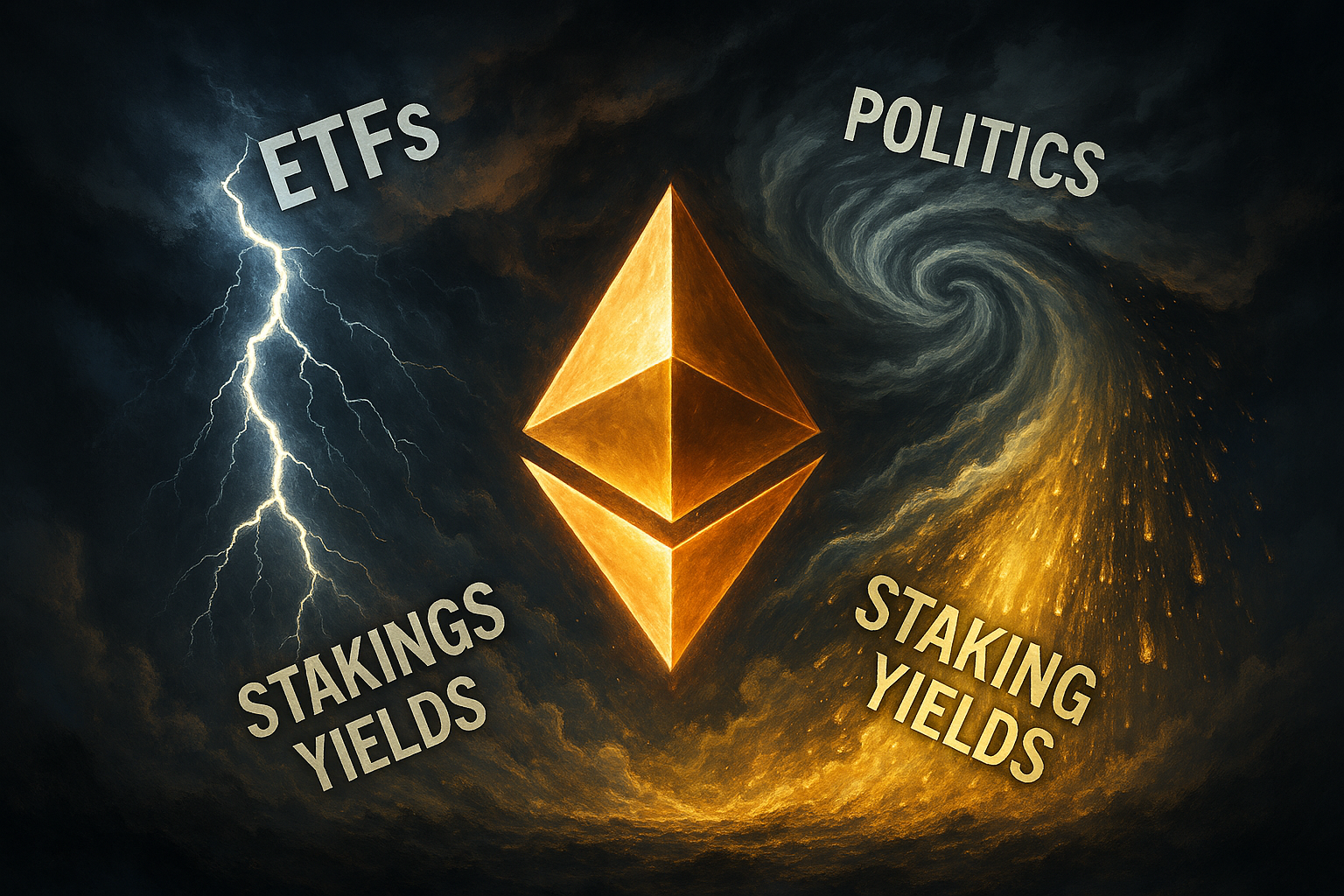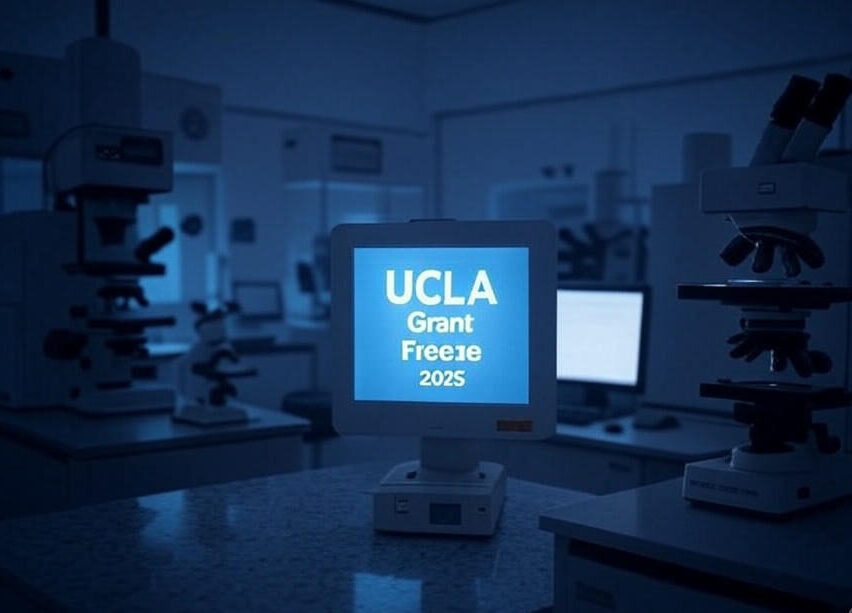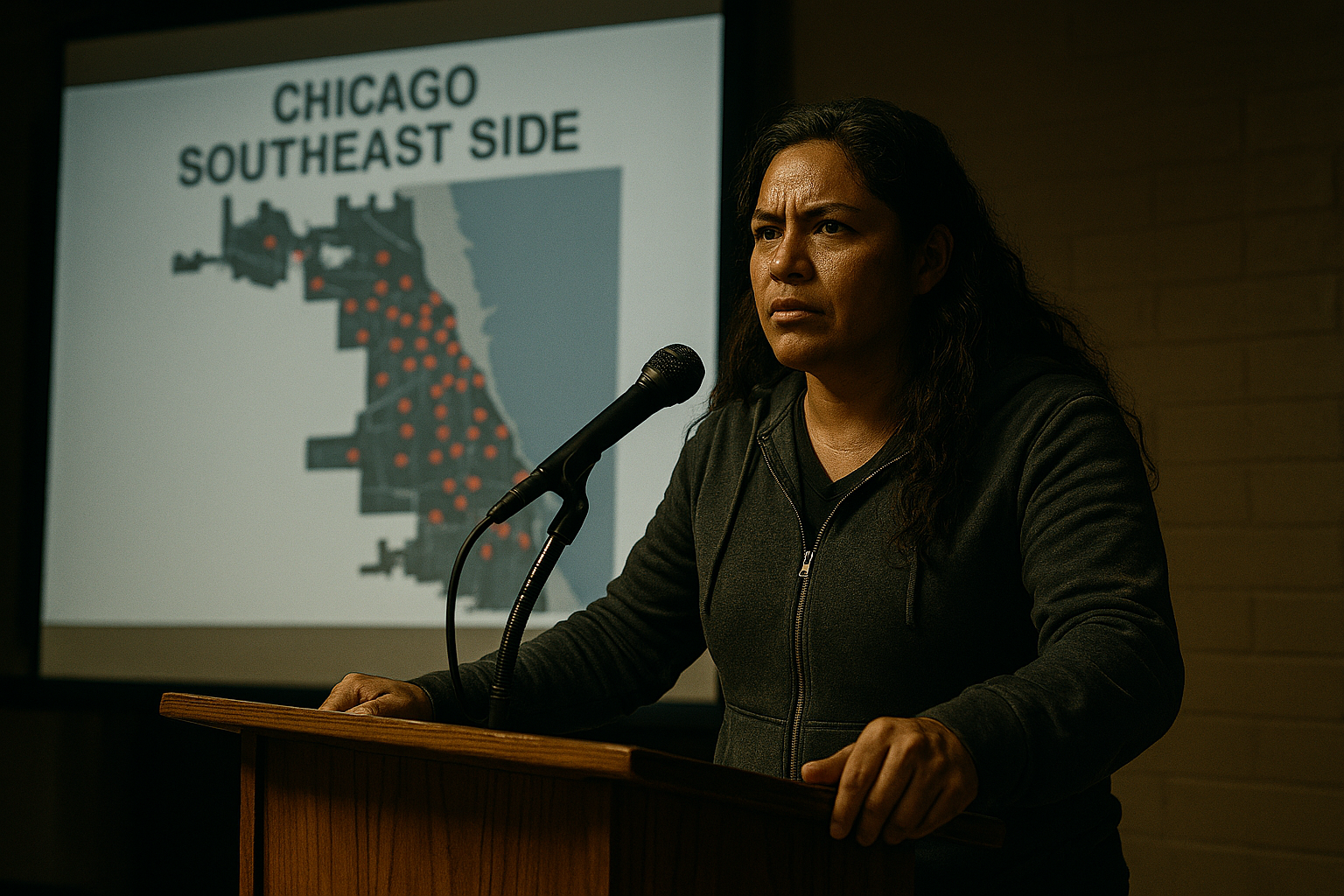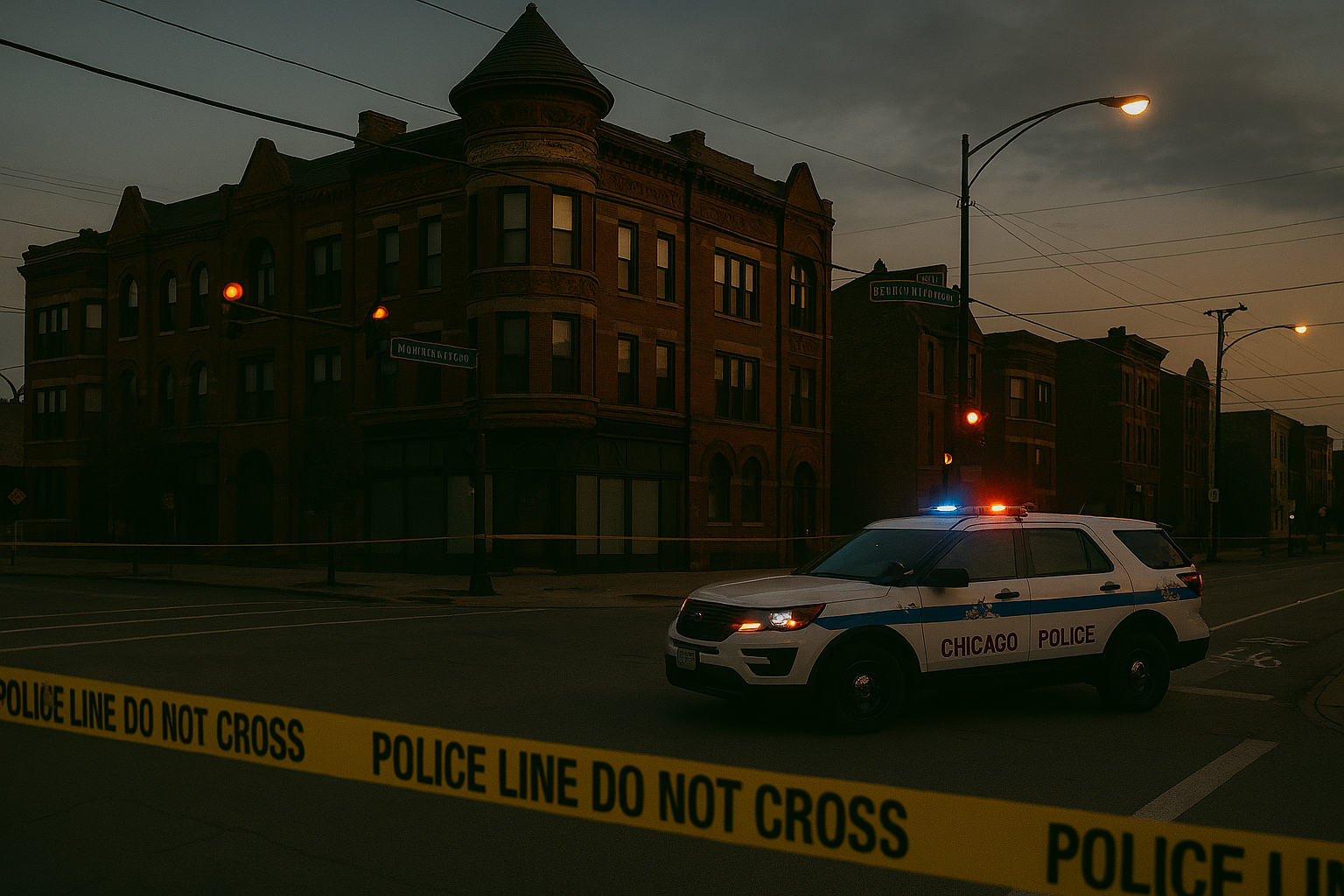Canyon Fire: Evacuations and Challenges Amid Southern California Heat Wave 2025
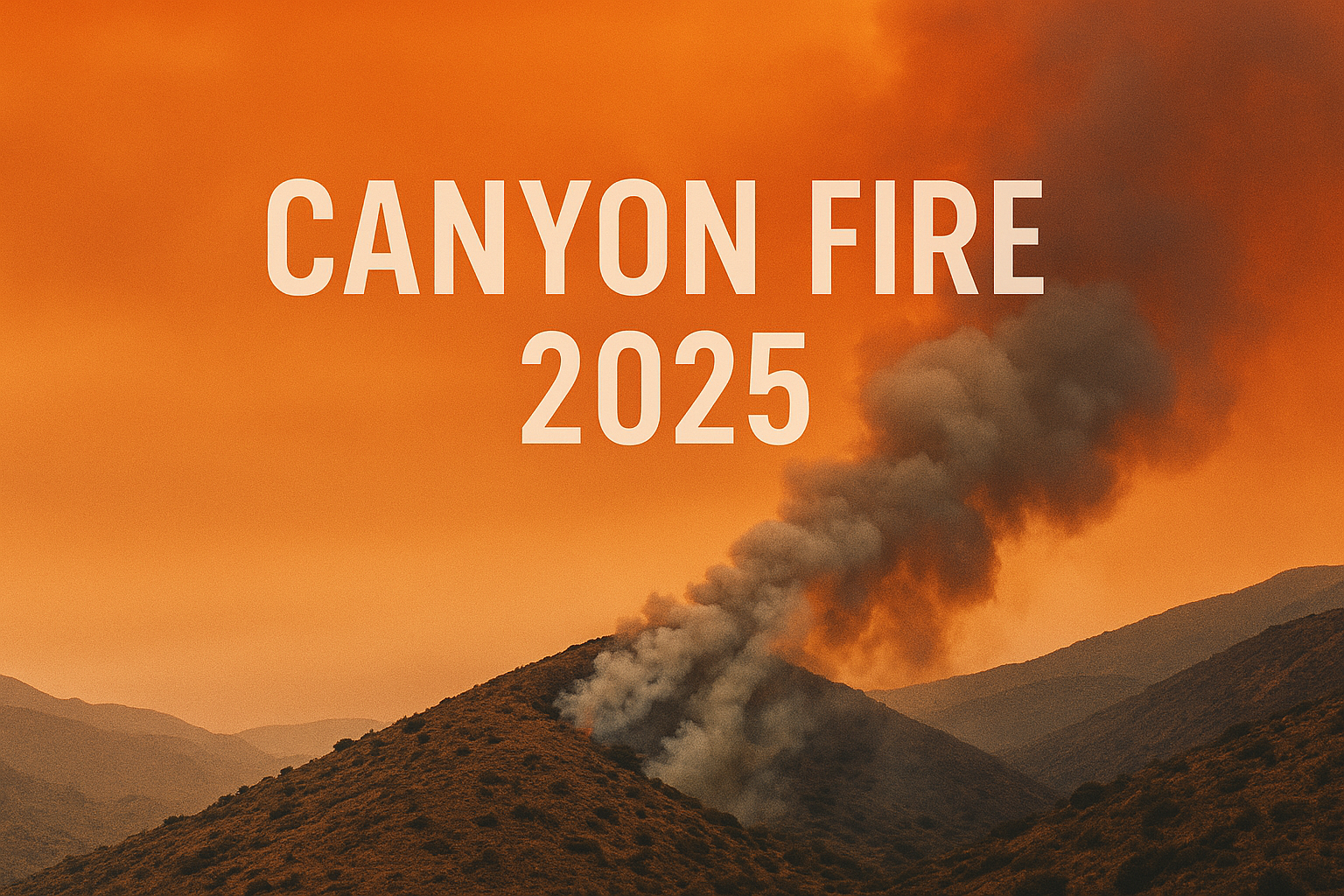
On August 7, 2025, a rapidly growing brush fire, dubbed the Canyon fire, broke out near Holser Canyon Road, spanning Ventura and Los Angeles counties. This fire has escalated from 30 acres to over 1,500 acres in mere hours, prompting urgent evacuations and raising concerns about public safety, infrastructure, and air quality. Fueled by a severe heat wave gripping Southern California, the blaze is threatening communities, power lines, and the Pitchess Detention Center, which houses approximately 5,000 inmates. Here’s what you need to know about this evolving emergency.
Rapid Spread and Evacuation Orders
The Canyon fire ignited at 2 p.m. and, by 7:30 p.m., had surged to 1,500 acres. Its rapid expansion is driven by extreme heat, dry vegetation, and rugged terrain rather than the strong winds typical of past regional fires. This unusual fire behavior has made it challenging to predict and contain. As a result, mandatory evacuation orders were issued for several communities, including:
- Piru
- Castaic
- Hasley Canyon
- Val Verde
- Hathaway Ranch
The fire’s eastward trajectory toward Interstate 5 has heightened concerns, though the freeway may act as a natural barrier to slow its spread. Over 100 firefighters, supported by air tankers, are working tirelessly to combat the blaze, but the combination of heat and dry conditions poses significant obstacles.
Heat Wave Amplifies Fire Danger
Southern California is currently enduring a punishing heat wave, with temperatures soaring into the triple digits in inland areas like Lancaster (nearing 107°F) and the 90s to 100s across LA County. This heat, expected to persist into the following week, has turned vegetation into tinder, creating ideal conditions for fires to ignite and spread rapidly. The National Weather Service has warned of “extreme fire behavior,” a prediction borne out by the Canyon fire’s explosive growth. This heat wave is also fueling other regional fires, such as the Gifford (over 96,000 acres) and Rosa fires, signaling a widespread fire risk across the state.
Unique Fire Behavior and Response Efforts
Unlike previous wind-driven blazes in the region, such as the Hughes fire, the Canyon fire’s spread is primarily fueled by abundant dry brush and steep terrain, with temperature playing a critical role. Ventura County Fire spokesperson Andrew Dowd noted that the absence of significant wind reduces “long-range spotting”—when embers are carried far ahead of the fire—but the extreme heat remains a formidable challenge. Firefighting efforts include ground crews and aerial support, while LA County Supervisor Kathryn Barger declared a local emergency to unlock additional resources and aid for affected areas.
Threats to Communities and Infrastructure
The Canyon fire’s proximity to populated areas and critical infrastructure is a major concern. Communities like Hasley Canyon and Val Verde face immediate danger, with hundreds of residents displaced. Power lines in the fire’s path are at risk, potentially leading to outages. The blaze’s location near Interstate 5 could disrupt traffic and complicate emergency operations if it crosses the freeway. Additionally, a wildfire smoke advisory has been issued for inland Southern California, as smoke from the Canyon fire and other blazes degrades air quality, posing health risks especially to vulnerable populations.
Pitchess Detention Center: A High-Stakes Concern
The fire is burning close to the Pitchess Detention Center in Castaic, a facility with about 5,000 inmates. During the earlier Hughes fire, flames came within a half-mile of the jail, yet no evacuation occurred. Authorities are again opting to shelter inmates in place, relying on the facility’s defensible space. However, this decision has drawn scrutiny from groups like the American Civil Liberties Union (ACLU), who emphasize the need for transparency and robust safety plans given the fire’s proximity and the logistical challenges of evacuating such a large population.
Broader Context: California’s 2025 Fire Season
The Canyon fire is part of a larger pattern of intense wildfire activity in California this year. The Gifford fire, now the state’s largest at over 96,000 acres, exemplifies the severity of the 2025 fire season, particularly in Southern California. Experts attribute this heightened risk to a combination of prolonged heat waves, dry conditions, and climate change, which are increasing the frequency and intensity of wildfires. The Canyon fire serves as a stark reminder of the region’s vulnerability and the urgent need for effective fire management and emergency preparedness.
What’s Next?
As the Canyon fire continues to burn, its full impact remains uncertain. Firefighters are racing to establish containment lines, but the ongoing heat wave and potential for new fire starts could prolong the crisis. For residents in affected areas, staying informed through official updates and complying with evacuation orders are critical steps. The situation underscores the importance of coordinated efforts between local, state, and federal agencies to protect lives and property.
